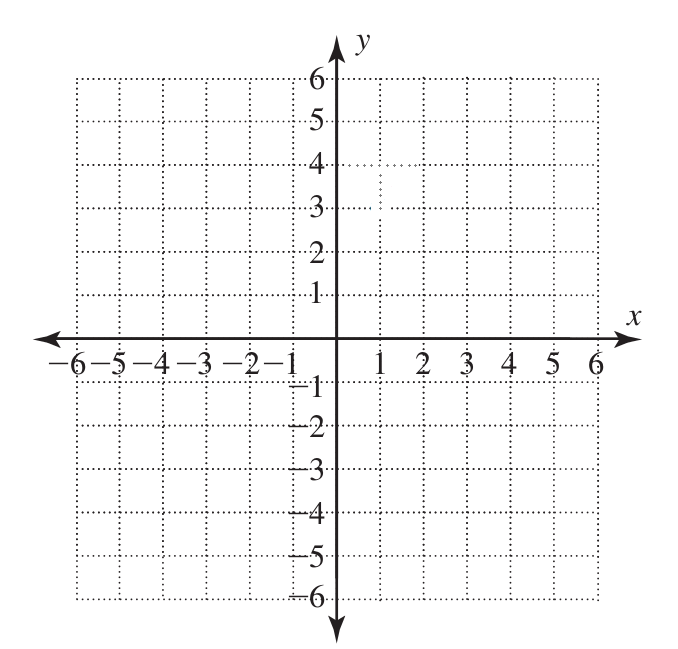Recall: Transformations of prototype functions.
Example: Vertical Transformations. Prototype function: $$f(x)=x^2$$
Example: Horizontal Transformations. Prototype function: $$f(x)=x^2$$
Generally Speaking...
Suppose you have a graph of $y=f(x).$ Then:
1) The graph of $y=f(x)+c$ is the graph of $y=f(x)$ shifted up $c$ units.
2) The graph of $y=f(x)-c$ is the graph of $y=f(x)$ shifted down $c$ units.
3) The graph of $y=f(x+c)$ is the graph of $y=f(x)$ shifted to the left $c$ units.
4) The graph of $y=f(x-c)$ is the graph of $y=f(x)$ shifted to the right $c$ units.
Example: Combining Transformations. Prototype function: $$f(x)=x^2$$
Example : Consider the basic (prototype) function $f(x)=|x|.$ Write the transformation of $y=f(x)$ which gives the graph below.
Example: Use transformations to graph the function $$f(x)=\sqrt{x+2}+3.$$

A List of Prototype Functions We Know $$\begin{array}{lr} f(x)=x & \mbox{linear}\\ f(x)=x^2 &\mbox{squaring}\\ f(x)=x^3 &\mbox{cubic}\\ f(x)=\sqrt{x} &\mbox{square root}\\ f(x)=\sqrt[3]{x} &\mbox{cube root}\\ f(x)=|x| &\mbox{absolute value}\\ f(x)=\frac{1}{x} &\mbox{reciprocal}\\ f(x)=b^x &\mbox{exponential}\\ f(x)=\log_b(x) &\mbox{logarithmic}\\ \end{array}$$